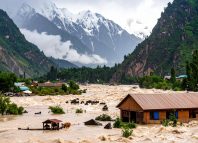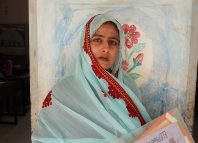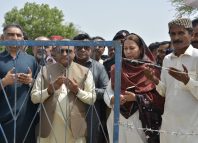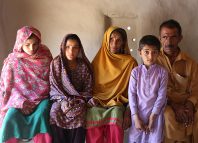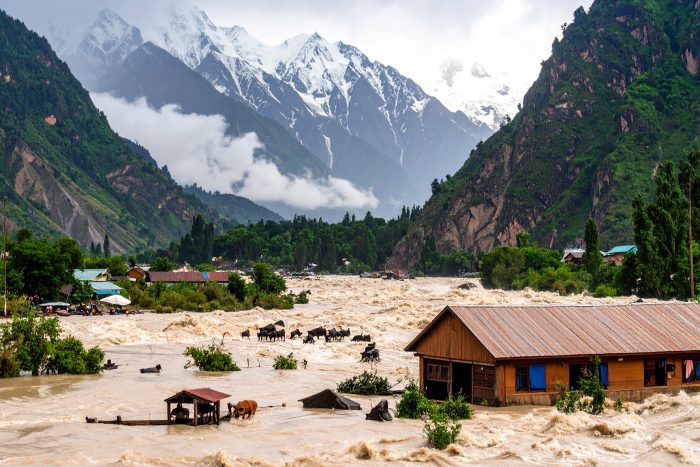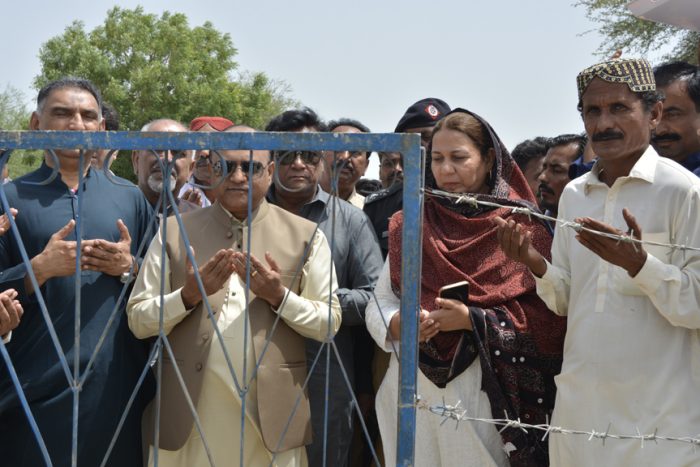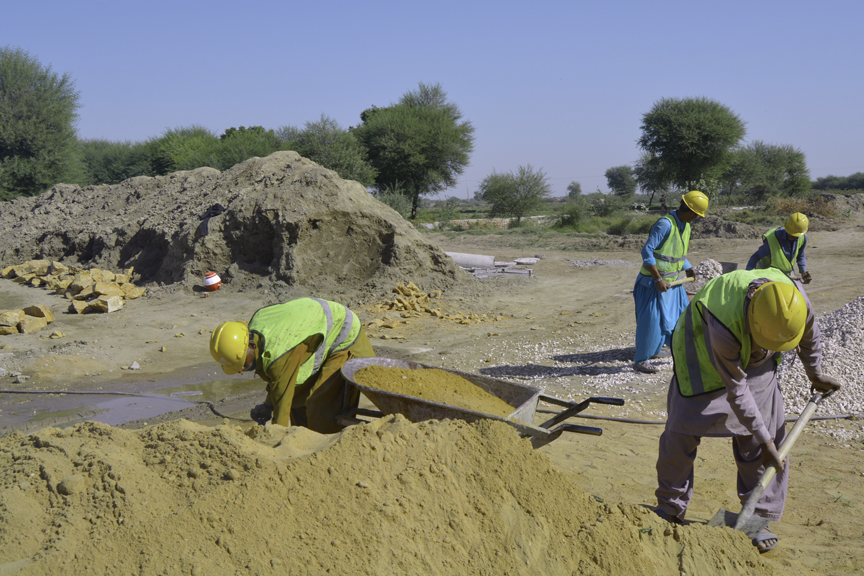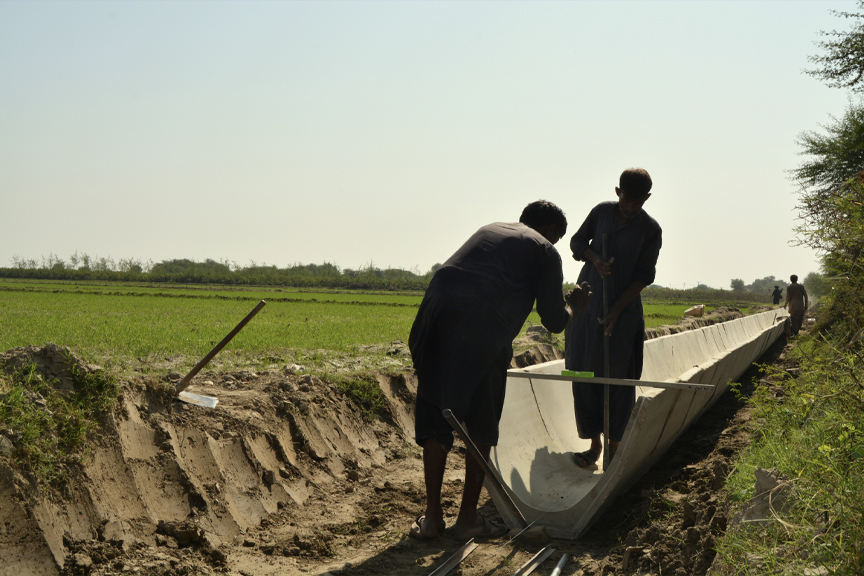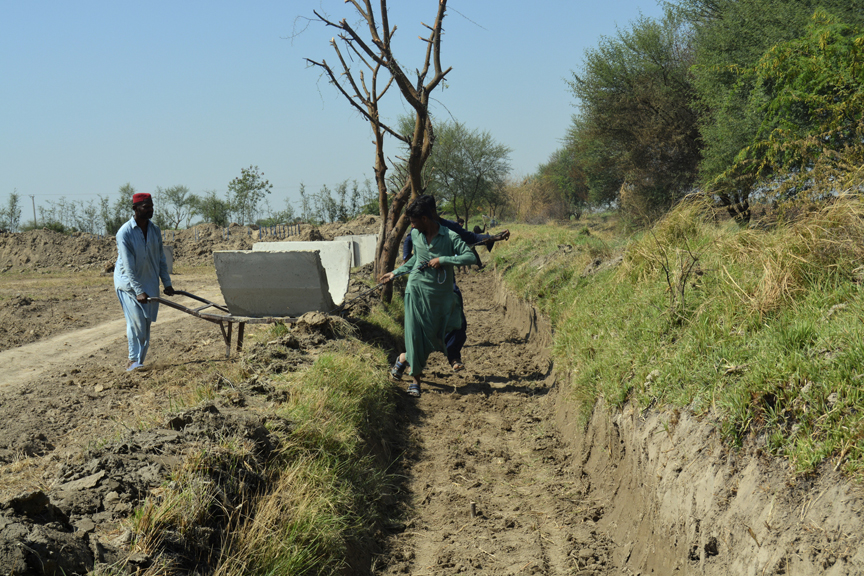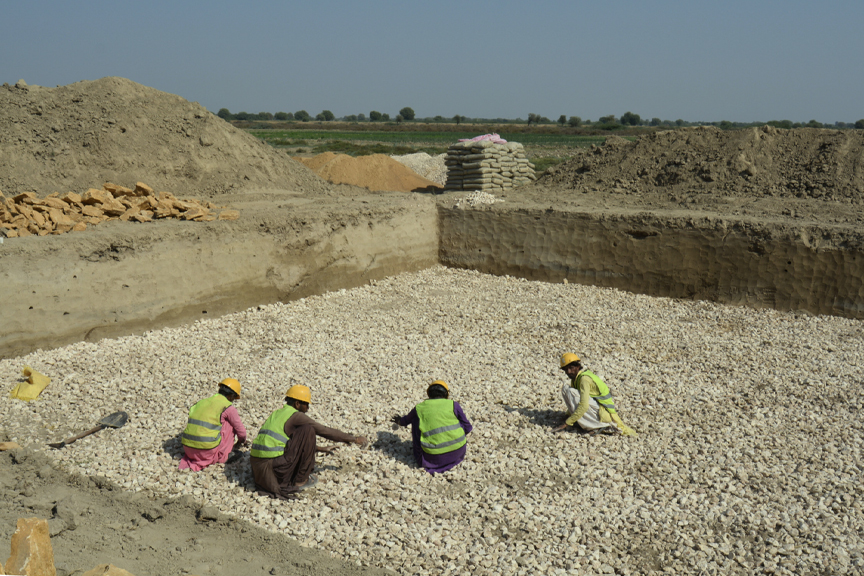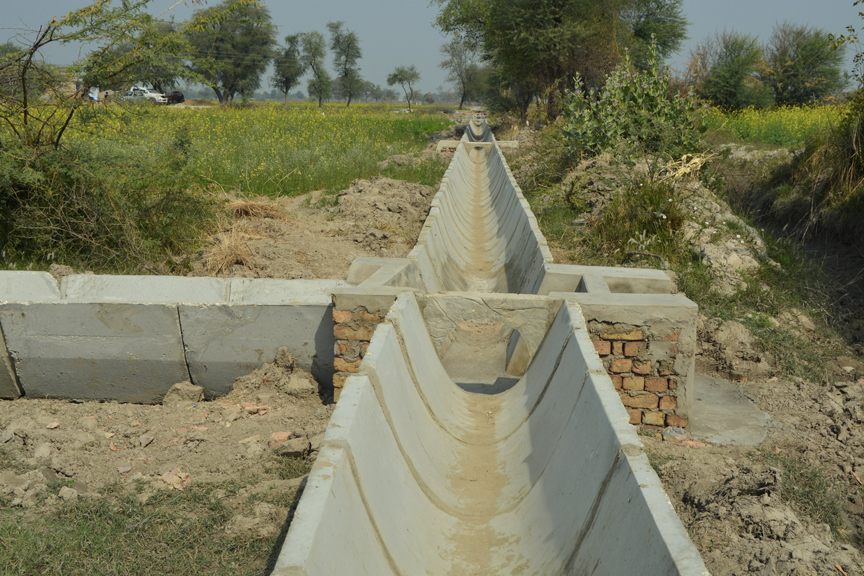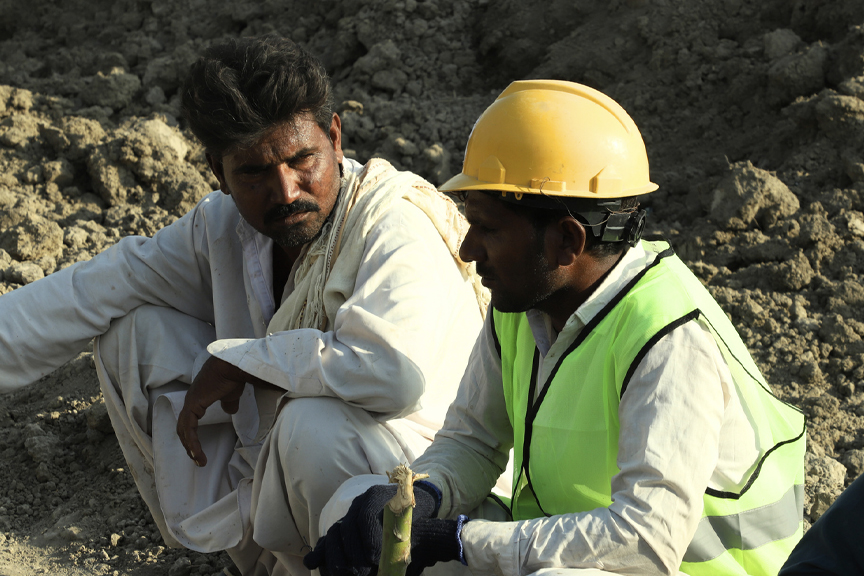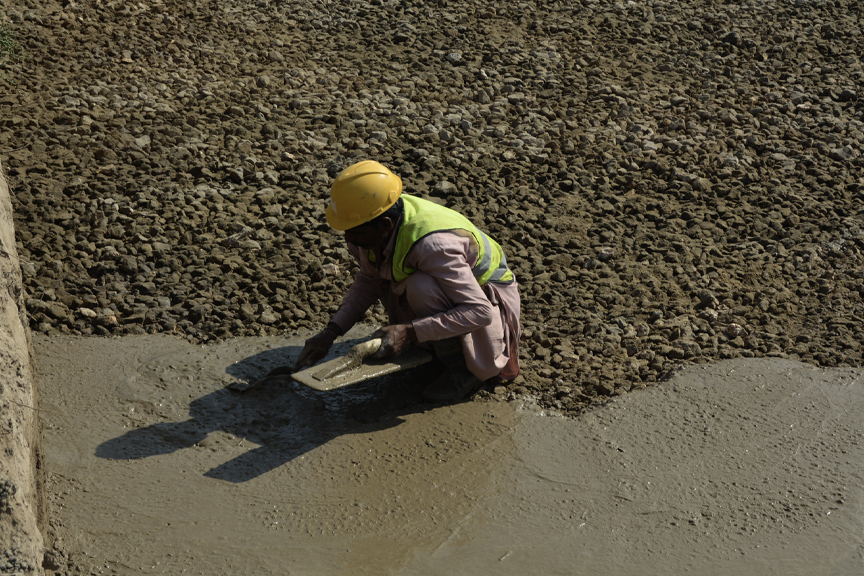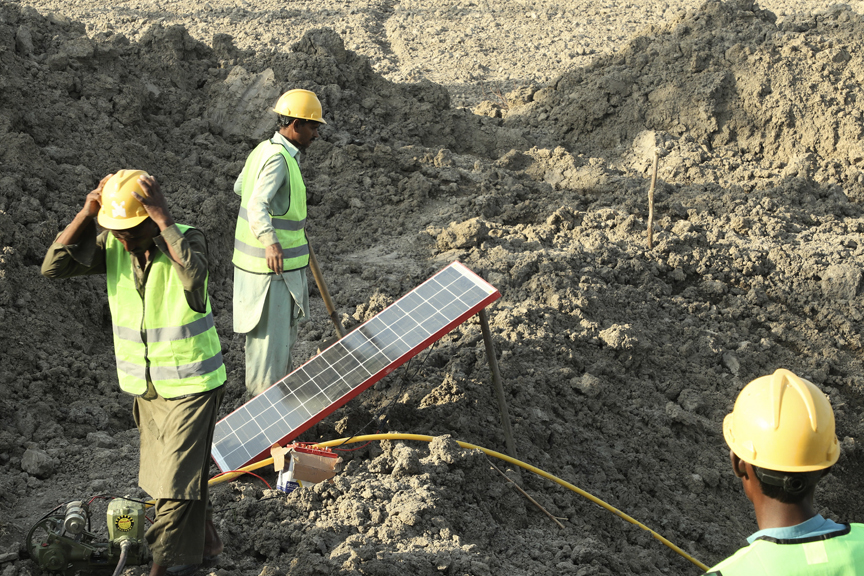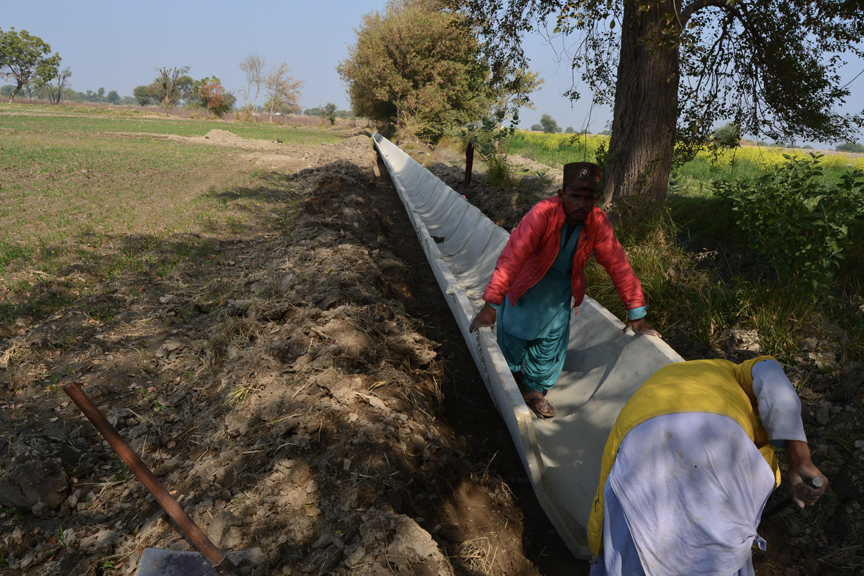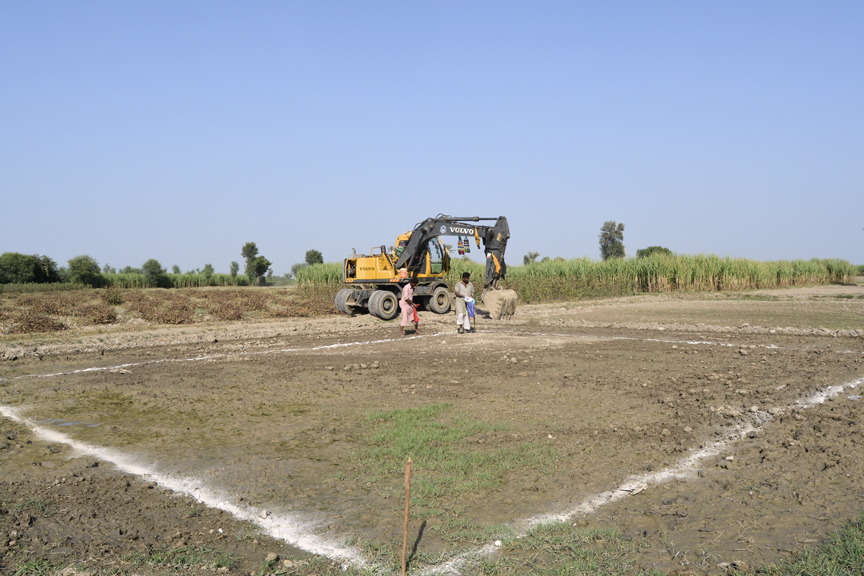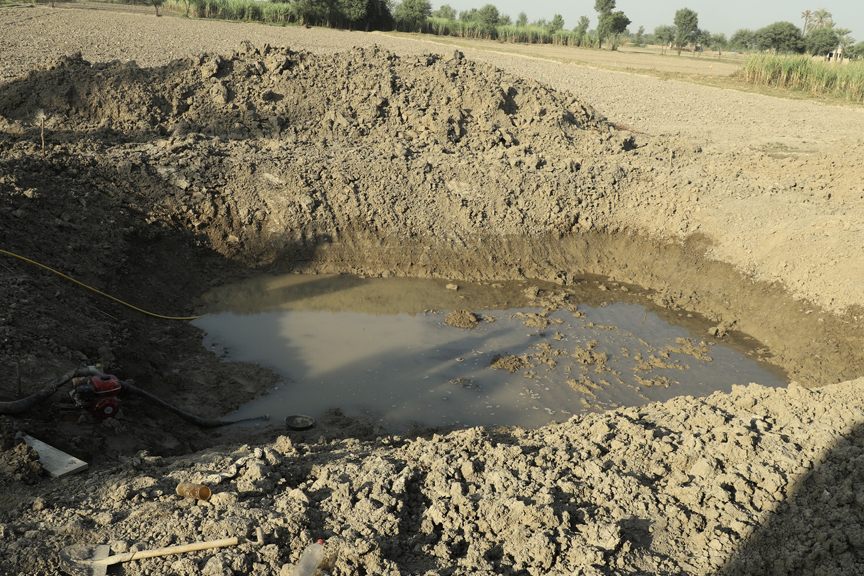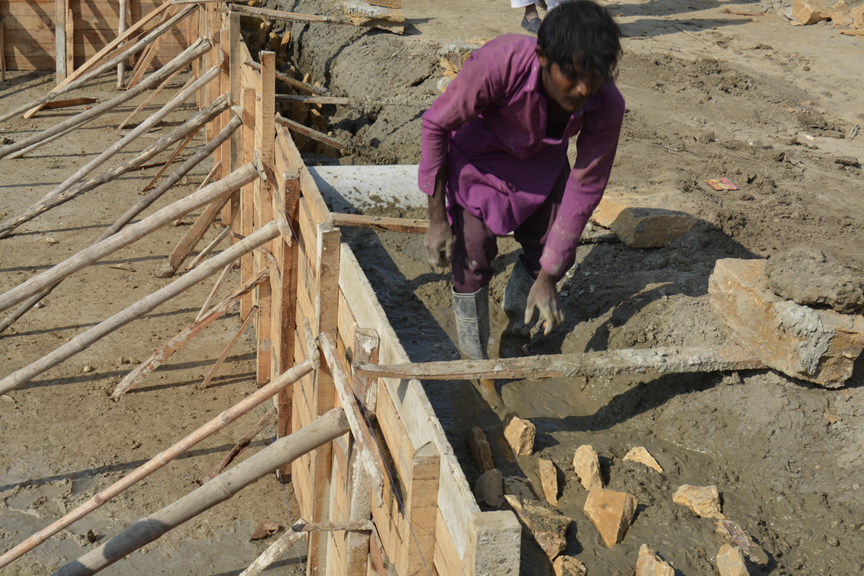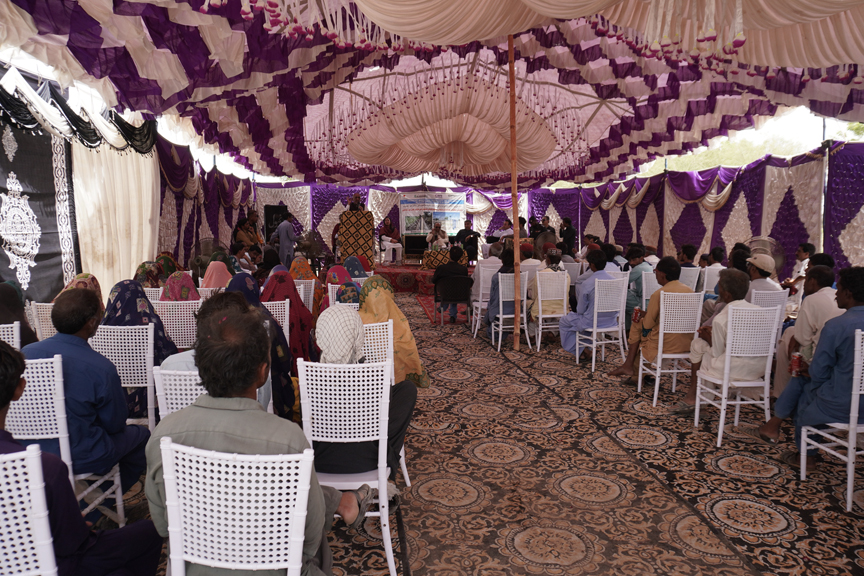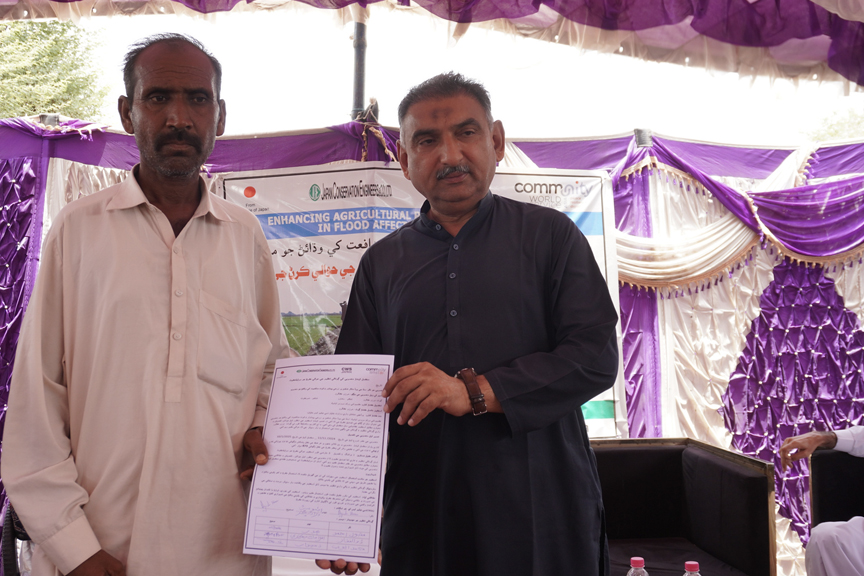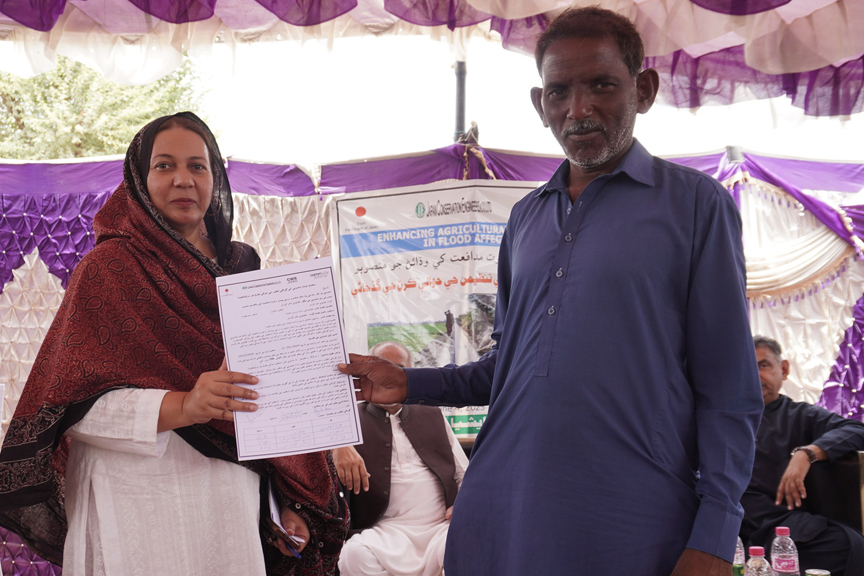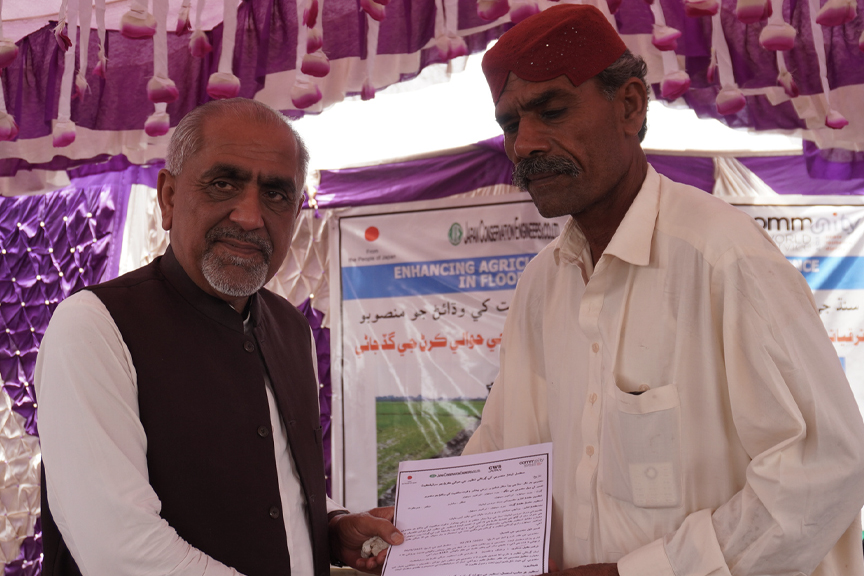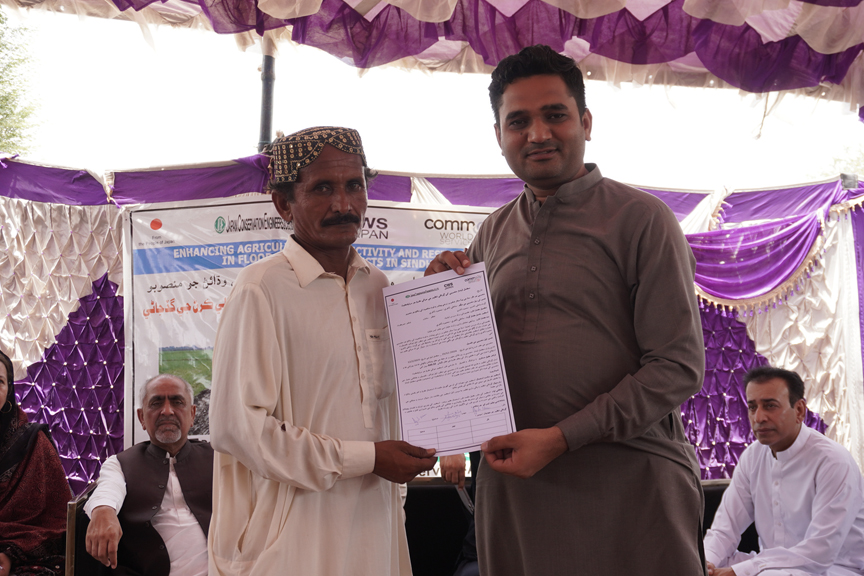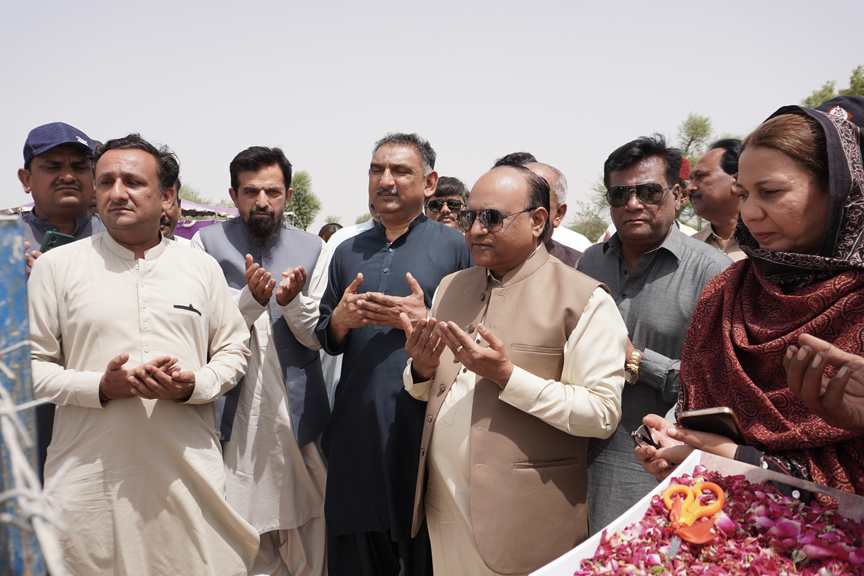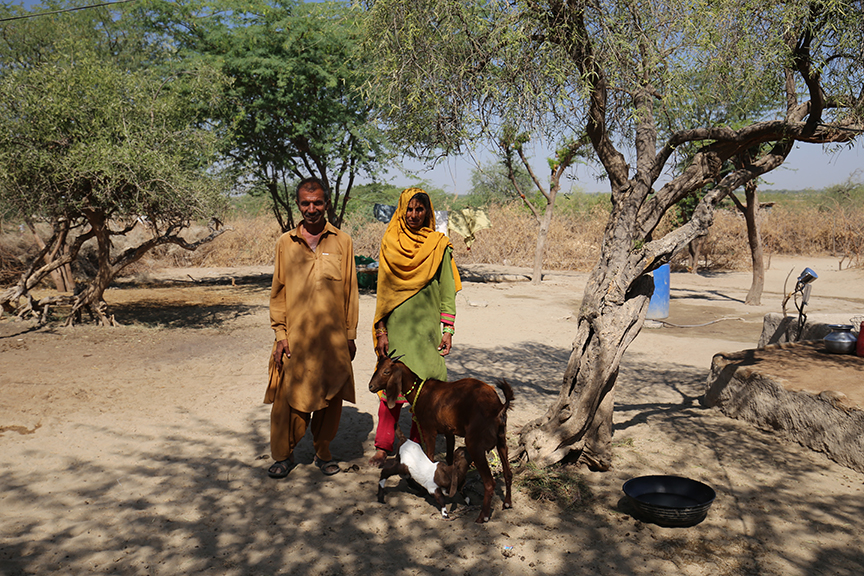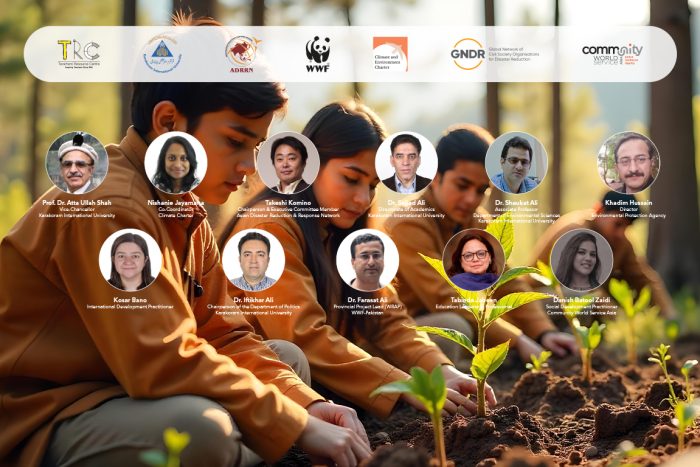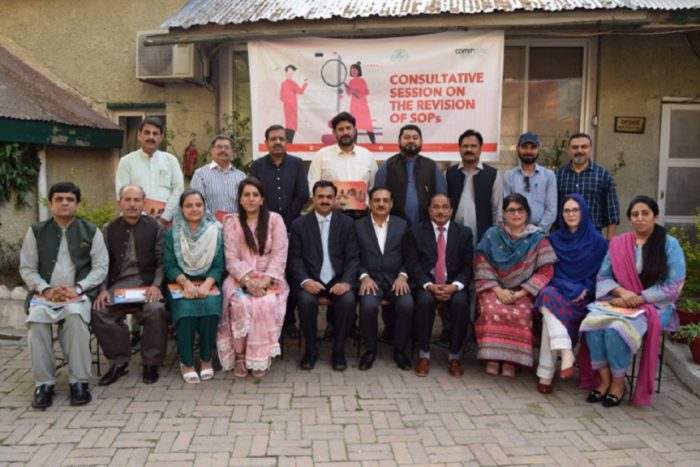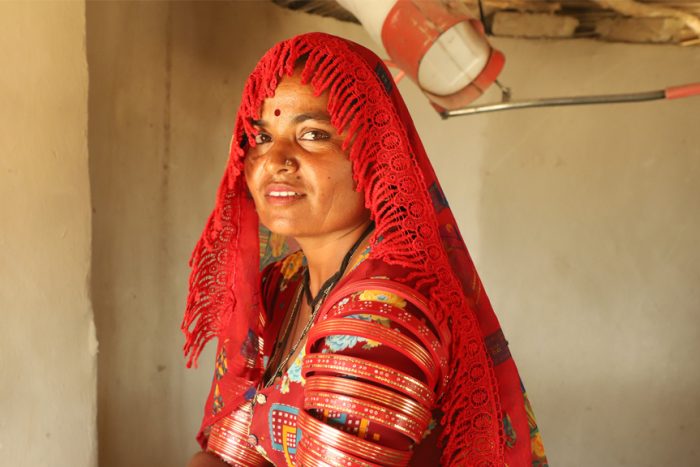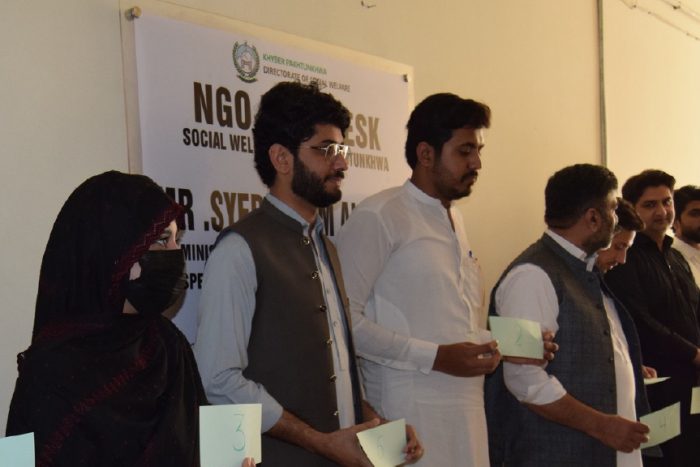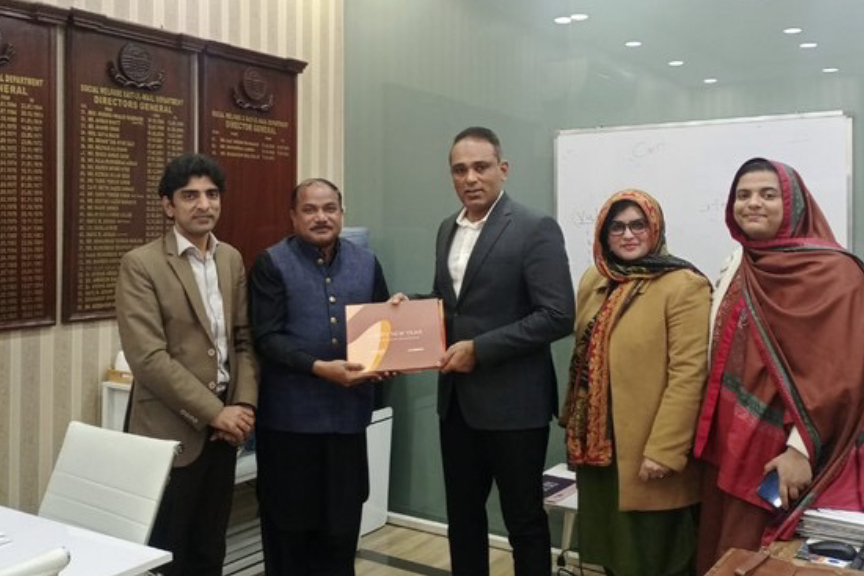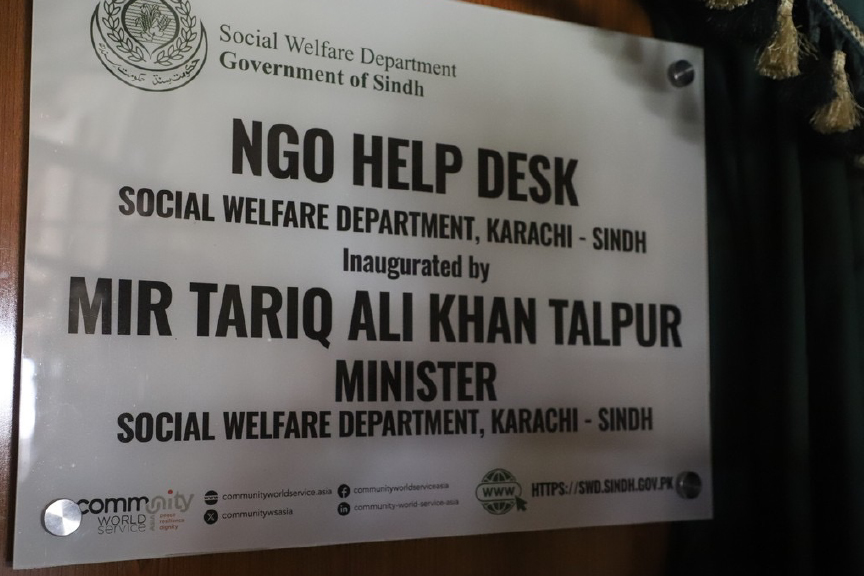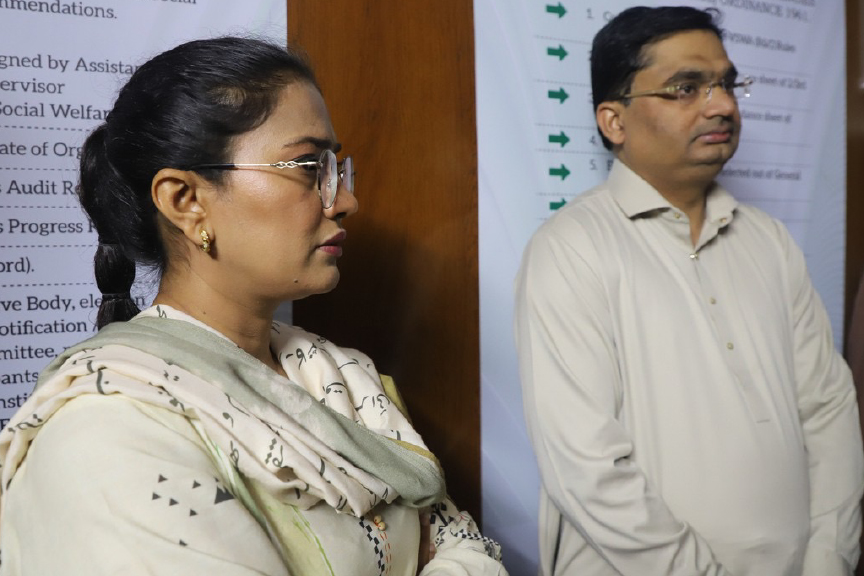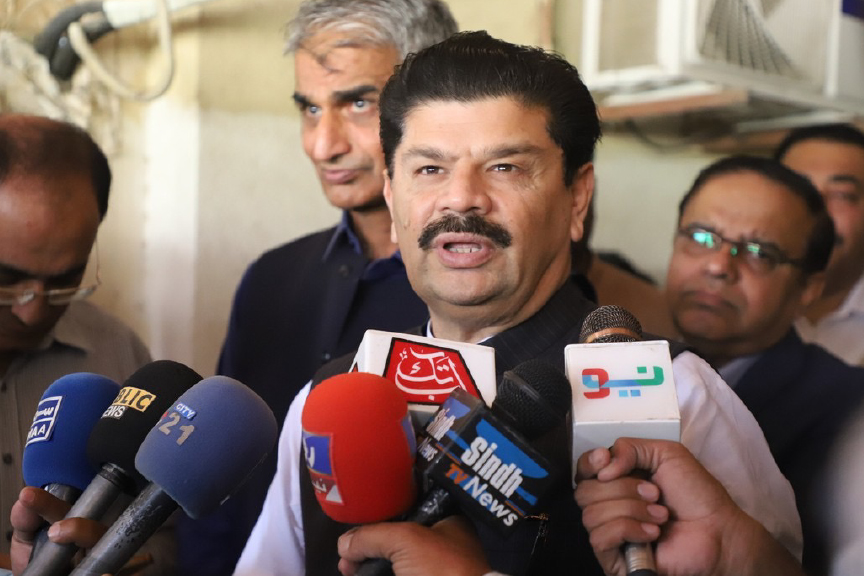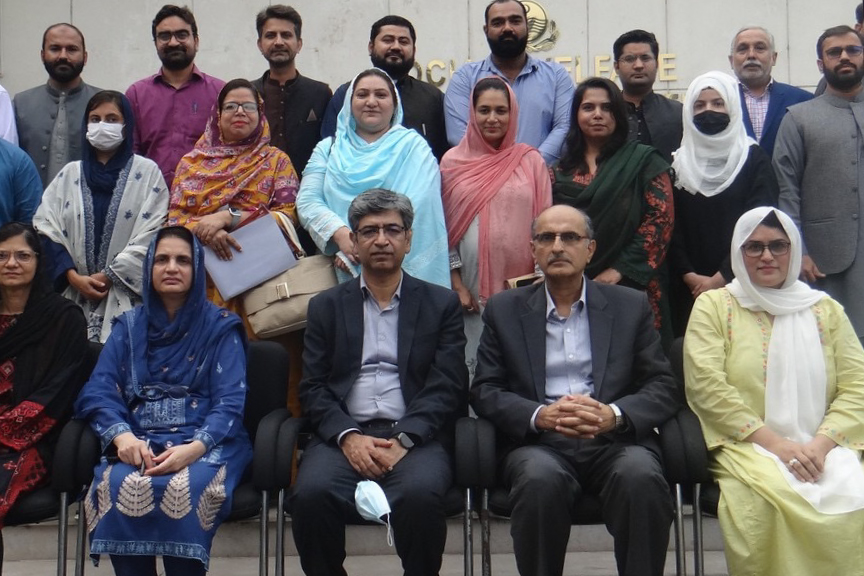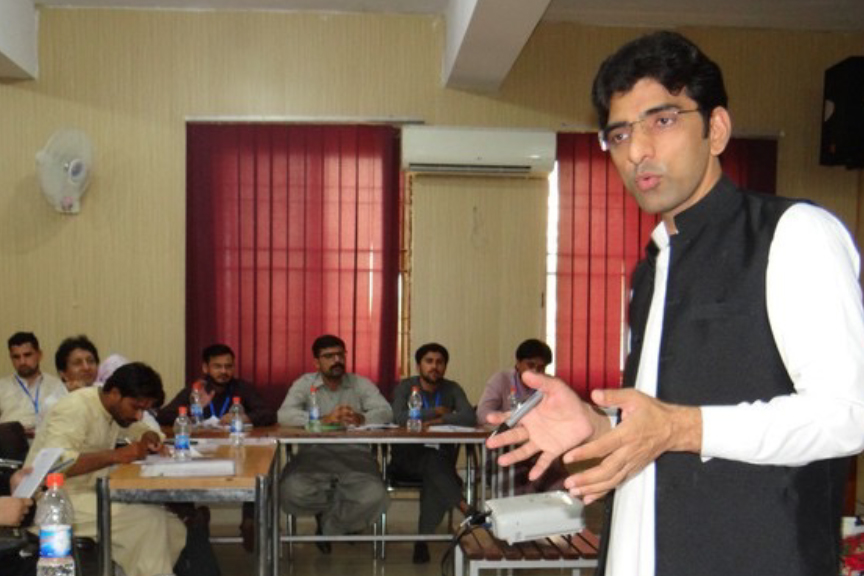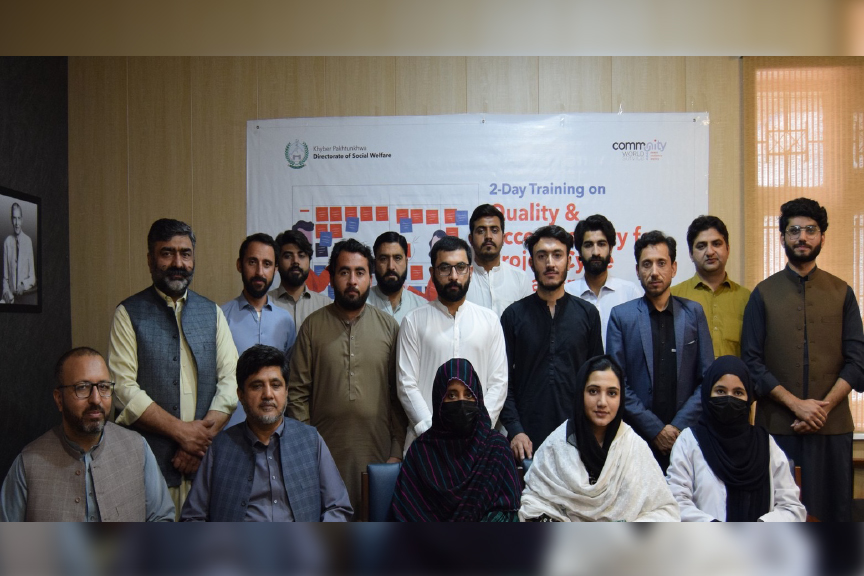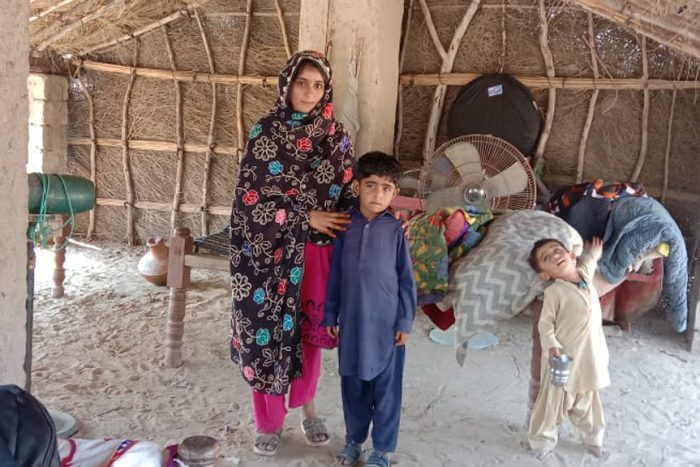Overview
Pakistan is confronting the onset of yet another large-scale climate disaster, as intensified monsoon rains and glacial lake outburst floods (GLOFs) pose an escalating threat to millions across the country. As of June 29, at least 31 people have lost their lives in Punjab, Sindh, and Khyber Pakhtunkhwa (KPK), with flash floods in Swat Valley alone accounting for 11 fatalities, including several children. Search operations are underway to locate missing individuals, underscoring the immediate human cost of the worsening weather conditions.
The National Disaster Management Authority (NDMA) has forecast severe rainfall and flooding between June 29 and July 5, with alerts covering northeast Punjab, Kashmir, the Potohar plateau, Islamabad, and urban centers in southern Sindh, including Karachi, Hyderabad, Badin, and Thatta. Northern regions such as Gilgit-Baltistan, AJK, and Chitral remain at particular risk of GLOFs, landslides, and community isolation due to damaged roads and power outages.
Escalating Climate Risks
Pakistan’s 2025 monsoon season is projected to be particularly aggressive, bringing heightened risks of riverine and urban flooding, flash floods, and GLOFs. The Pakistan Meteorological Department (PMD) has warned of above-normal rainfall and temperature patterns, an extension of this year’s erratic spring marked by dust storms, hail, and thunderstorms.
With over 13,000 glaciers, many rapidly melting due to global warming, Pakistan’s mountainous north is especially vulnerable to GLOFs. The collapse of unstable moraines (natural ice-and-debris dams) can release torrents of water, mud, and rock, with devastating consequences for downstream communities.
Due to rising temperatures, glaciers in Pakistan’s northern mountain ranges (the Hindu Kush, Himalayas and Karakorum) are melting rapidly and a total of 3,044 glacial lakes have developed in GilgitBaltistan (GB) and Khyber Pakhtunkhwa (KP). Of these, 33 glacial lakes have been assessed to be prone to hazardous glacial lake outburst flooding (GLOF). This can lead to flash floods, threatening lives, livestock, agriculture, and infrastructure, including roads and bridges. Over 7.1 million people in GB and KPK provinces are likely to be affected: in these areas, 26.7 percent and 22 percent of the population, respectively, are below the poverty line.
GLOF are sudden events which can release millions of cubic metres of water and debris, leading to the loss of lives, property & livelihoods among affected communities.
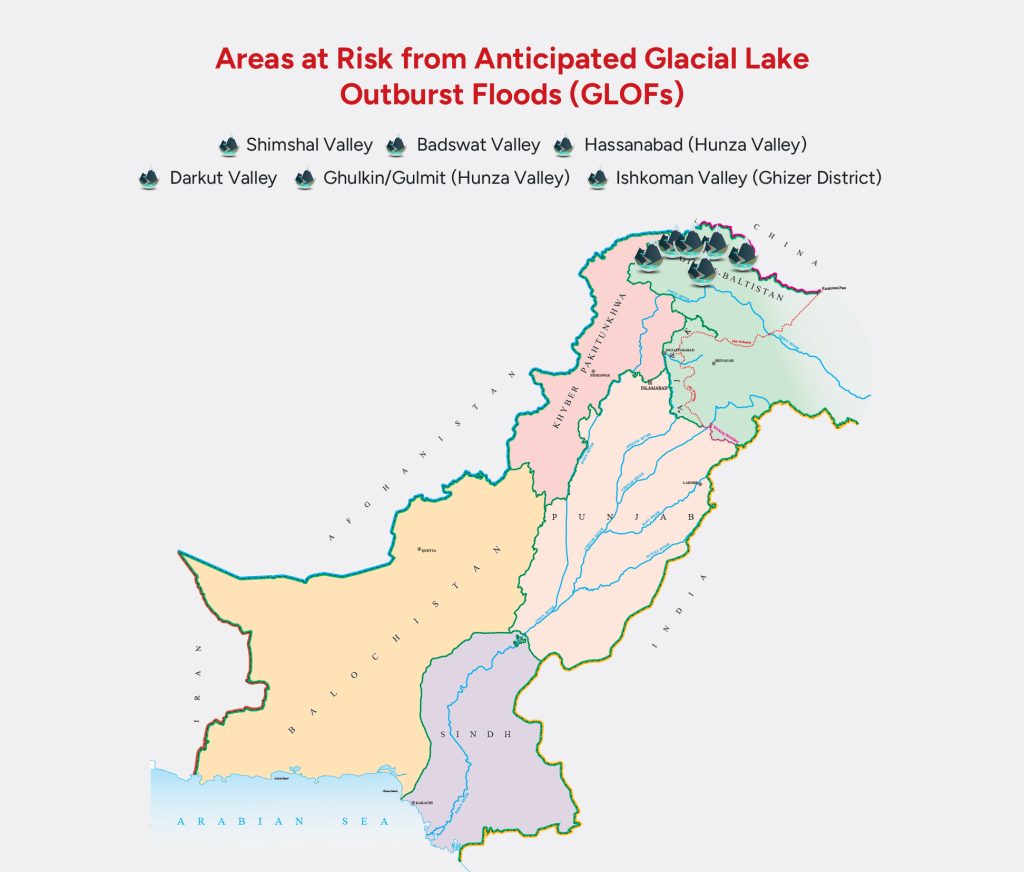
NDMA has mapped GLOF sites in Pakistan with constant monitoring through satellite imagery and data from relevant line departments. Some of the vulnerable Glacier lakes include: Khurdopin Glacier, Badswat Glacier, Shisper Glacier, Chilinji Glacier, Ghulkin Glacier, Darkut Glacier, Reshun Glacier, etc.
NDMA’s latest Situation Analysis (June 29) highlights that more than 3,000 glacial lakes exist in the region, with 36 identified as vulnerable and 4–5 assessed as being at immediate risk of bursting in 2025. These unfolding events reflect not just a meteorological crisis but also a profound climate injustice: Pakistan remains among the countries most affected by climate change while contributing minimally to global emissions.
Widespread Impacts and Growing Vulnerabilities
- Riverine Flooding: Swelling rivers such as the Swat, Kabul, and Chenab threaten to overflow, endangering settlements along their banks.
- Urban and Flash Flooding: Major cities lack adequate drainage systems, increasing the risk of localized inundation and economic disruption.
- Infrastructure Damage: Echoing the devastation of 2022, critical infrastructure, homes, roads, bridges, schools, faces renewed threat.
- Agricultural Losses: Repeated monsoon shocks jeopardize crop yields and rural livelihoods, heightening food insecurity.
- Health Risks: Stagnant water and displacement contribute to rising cases of cholera, dengue, malaria, and respiratory infections.
- Displacement and Socioeconomic Stress: Displacement could climb into the millions, exacerbating inflation, poverty, and mental health strain.
Anticipated Humanitarian Needs
Given the high risk of Glacial Lake Outburst Floods (GLOFs) in several vulnerable regions, the need for timely and lifesaving emergency interventions is critical. These sudden and destructive floods can lead to loss of life, displacement, and severe damage to homes, infrastructure, and livelihoods, especially impacting women, children, and the elderly. Immediate response efforts, including access to healthcare, safe shelter, food, and essential non-food items, are essential to reduce suffering and protect the well-being of affected communities.
As the emergency unfolds, a multi-sector response will be vital. Expected needs include:
- Emergency Shelter & Non-Food Items: Tents, tarpaulins, bedding, kitchen sets, and lighting for displaced households.
- Food Security & Livelihoods: Ready-to-eat meals, dry rations, and livelihood rehabilitation for flood-affected communities.
- Water, Sanitation & Hygiene (WASH): Access to safe drinking water, hygiene kits, mobile toilets, and water purification supplies.
- Health & Nutrition: Mobile medical units, essential medicines, maternal care, treatment of communicable diseases, and nutrition screening.
- Protection Services: Safe spaces for women and children, GBV case management, psychosocial support, and referral systems.
- Education in Emergencies: Temporary learning spaces, school supplies, and catch-up support for affected students.
- Logistics & Access: Transportation of relief goods, access to remote communities, and coordination support.
Heightened Vulnerabilities Among Women and Children
Women and children in Pakistan face disproportionate risks during flood emergencies due to pre-existing inequalities, limited access to services, and heightened protection concerns. Displacement often disrupts access to maternal healthcare, education, and safe shelter, leaving women, particularly those who are pregnant or lactating, without essential medical support.
In 2022, over 1.6 million women of childbearing age were affected by floods, with many lacking access to reproductive health services. Children, especially girls, are frequently forced out of school, with some never returning to formal education. The destruction of schools and healthcare facilities, combined with overcrowded shelters lacking privacy and sanitation, increases the risk of gender-based violence (GBV), child marriage, and mental health challenges.
Malnutrition and disease further compound these vulnerabilities. UNICEF reported that more than 1 in 9 children in flood-affected areas were suffering from severe acute malnutrition, with over 2 million children in need of urgent treatment. Poor sanitation, unsafe drinking water, and food insecurity exacerbate health risks, particularly for children under five and pregnant women. The lack of gender-sensitive infrastructure in relief camps, such as separate latrines, menstrual hygiene supplies, and safe spaces, leaves women and girls exposed to exploitation and trauma. These intersecting risks underscore the urgent need for a gender-responsive humanitarian response that prioritises protection, health, education, and dignity for women and children.
CWSA Preparedness and Response
Community World Service Asia (CWSA) is actively coordinating with the National Disaster Management Authority (NDMA), Provincial Disaster Management Authorities (PDMAs), and local stakeholders to monitor the rapidly evolving situation. As part of our preparedness strategy, we are prioritising the needs of the most vulnerable, including women, girls, children and the elderly, who face heightened risks during disasters due to systemic inequalities and limited access to services.
In recognition of these vulnerabilities, CWSA’s flood response plan incorporates gender-responsive programming across all sectors. This includes ensuring safe access to maternal and reproductive healthcare, the distribution of gender-sensitive hygiene kits, and the establishment of protection-focused spaces for women and children. Our mobile health and protection teams are being prepared to provide psychosocial support and referral services, especially in displacement settings where the risk of gender-based violence (GBV), exploitation, and child marriage tends to rise.
Community World Service Asia will launch immediate humanitarian operations in regions where it has an active field presence, with the flexibility to expand as the situation evolves. Grounded in strong local partnerships, the response will be coordinated, adaptive, and people-centered. Priority areas of intervention include:
- Delivery of essential Health services through Mobile Health Units
- Provision of Emergency shelter to displaced families
- Distribution of critical Non-food items (NFIs)
- Food assistance through in-kind packages or Cash-for-food modalities
- Reinforcement of humanitarian Quality and Accountability mechanisms to ensure dignity and community engagement throughout the response
Rapid Response Fund Appeal
To facilitate immediate, life-saving humanitarian assistance, Community World Service Asia is activating a Rapid Response Fund (RRF). We urge our partners to contribute to this critical mechanism, designed to ensure a swift, coordinated response within the first 24 hours of a crisis.
Our multidisciplinary response team, comprised of trained professionals in emergency health, shelter, food security, protection, and logistics, is prepared to deploy rapidly to crisis-affected areas. With your support, the RRF will strengthen our collective ability to deliver timely, dignified, and effective aid where it’s needed most.
Contacts:
Shama Mall
Deputy Regional Director
Programs & Organisational Development
Email: shama.mall@communityworldservice.asia
Tele: 92-21-34390541-4
Palwashay Arbab
Head of Communication
Email: palwashay.arbab@communityworldservice.asia
Tele: 92-21-34390541-4
References
- NDMA June 29 Report
- The News- https://www.thenews.com.pk/latest/1325476-ndma-issues-fresh-alert-for-heavy-rains-in-parts-of-country
- PMD Report – https://www.pakistantoday.com.pk/2025/06/26/pdma-alerts-line-departments-as-punjab-likely-to-receive-25pc-more-monsoon-rains-this-year/
- World Bank Report – https://www.worldbank.org/en/news/press-release/2022/10/28/pakistan-flood-damages-and-economic-losses-over-usd-30-billion-and-reconstruction-needs-over-usd-16-billion-new-assessme
- Govt. of Pakistan – https://www.finance.gov.pk/survey/chapters_23/Annex_III_Pakistan_Floods_2022.pdf
- https://www.unocha.org/publications/report/pakistan/pakistan-2022-monsoon-floods-situation-report-no-19-12-august-2023
- https://reliefweb.int/report/pakistan/2022-pakistan-floods-assessment-crop-losses-sindh-province-using-satellite-data
- https://pakistan.un.org/en/198187-un-women-puts-women-and-girls-heart-flood-response-pakistan
- https://www.unicef.org/rosa/press-releases/more-1-9-children-flood-affected-areas-pakistan-suffering-severe-acute-malnutrition
- https://www.ipcinfo.org/fileadmin/user_upload/ipcinfo/docs/IPC_Pakistan_Acute_Malnutrition_Mar2023_Jan2024_report.pdf

